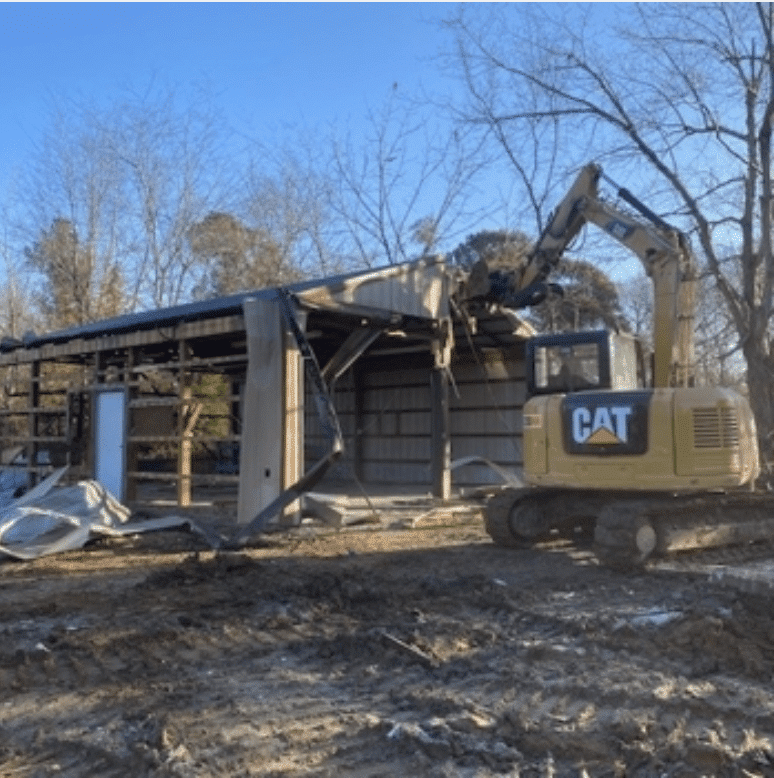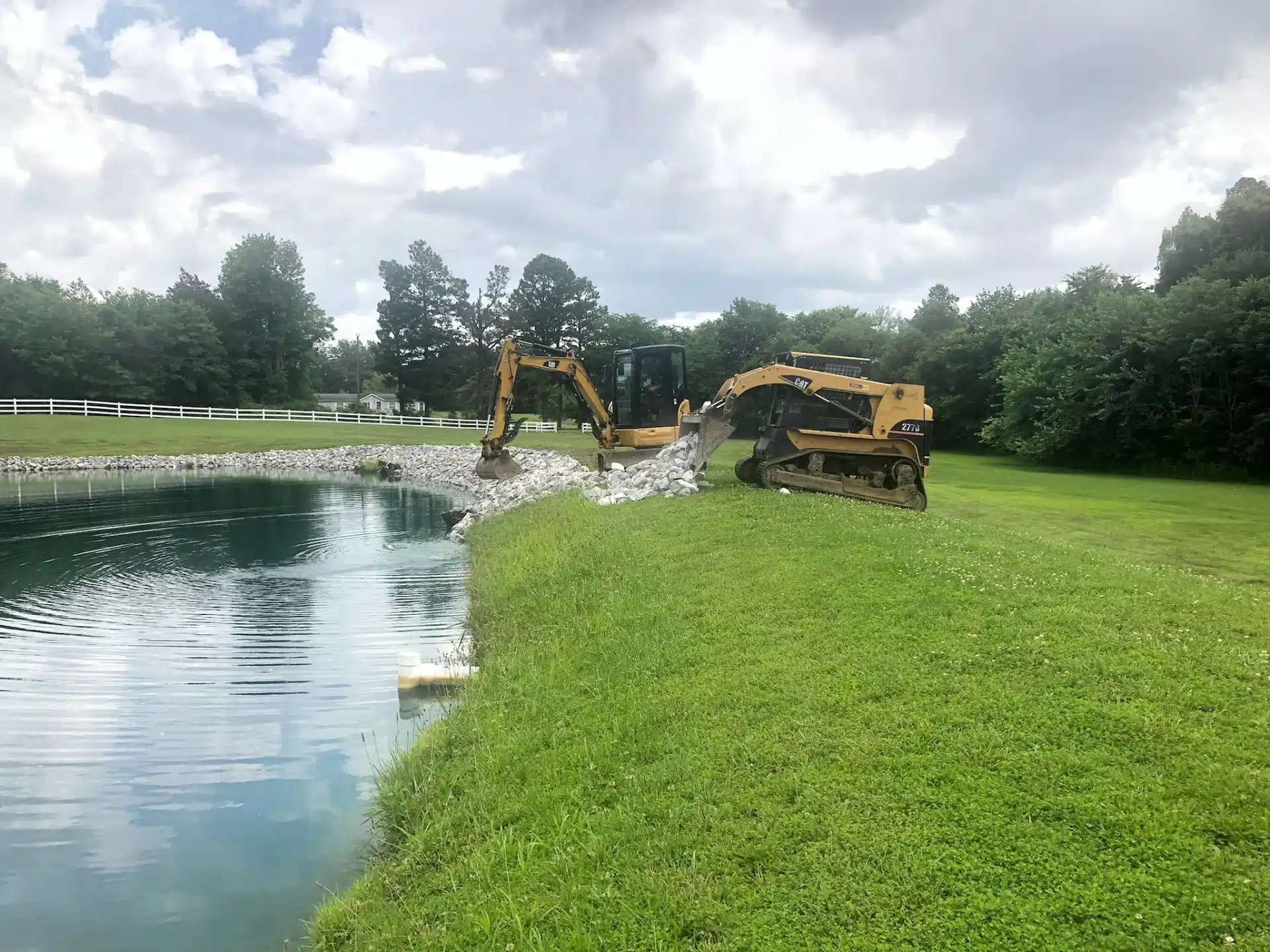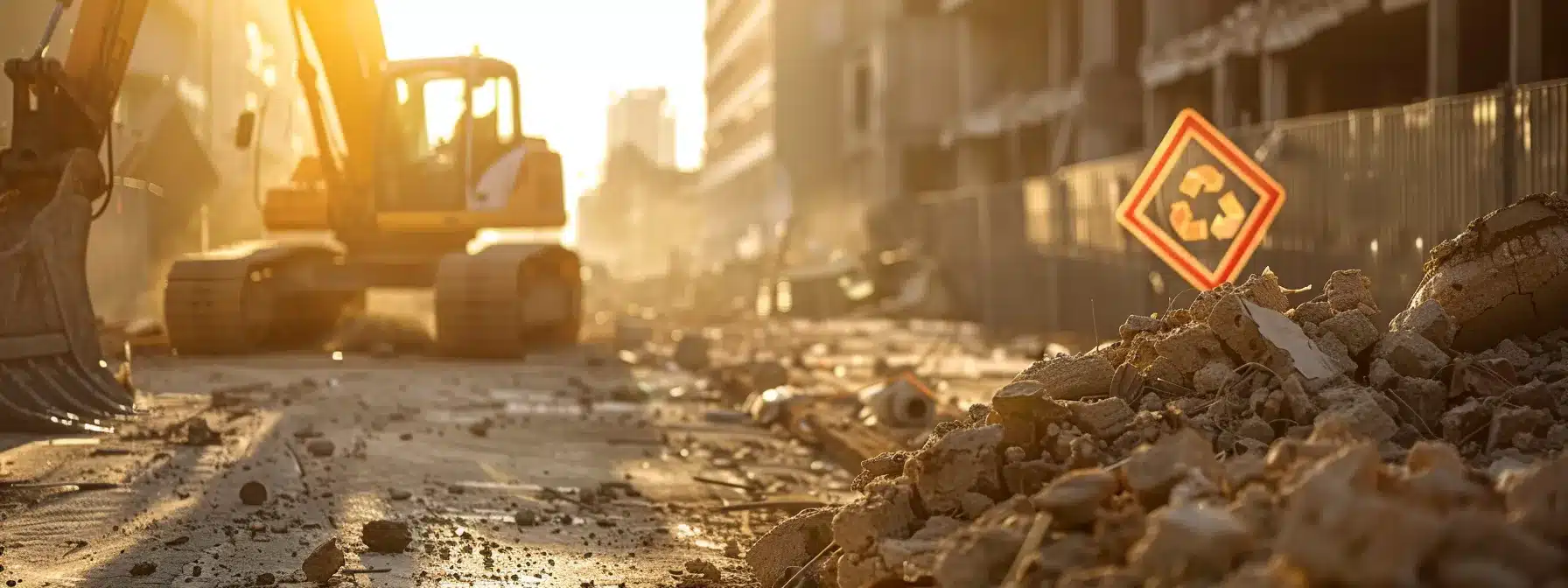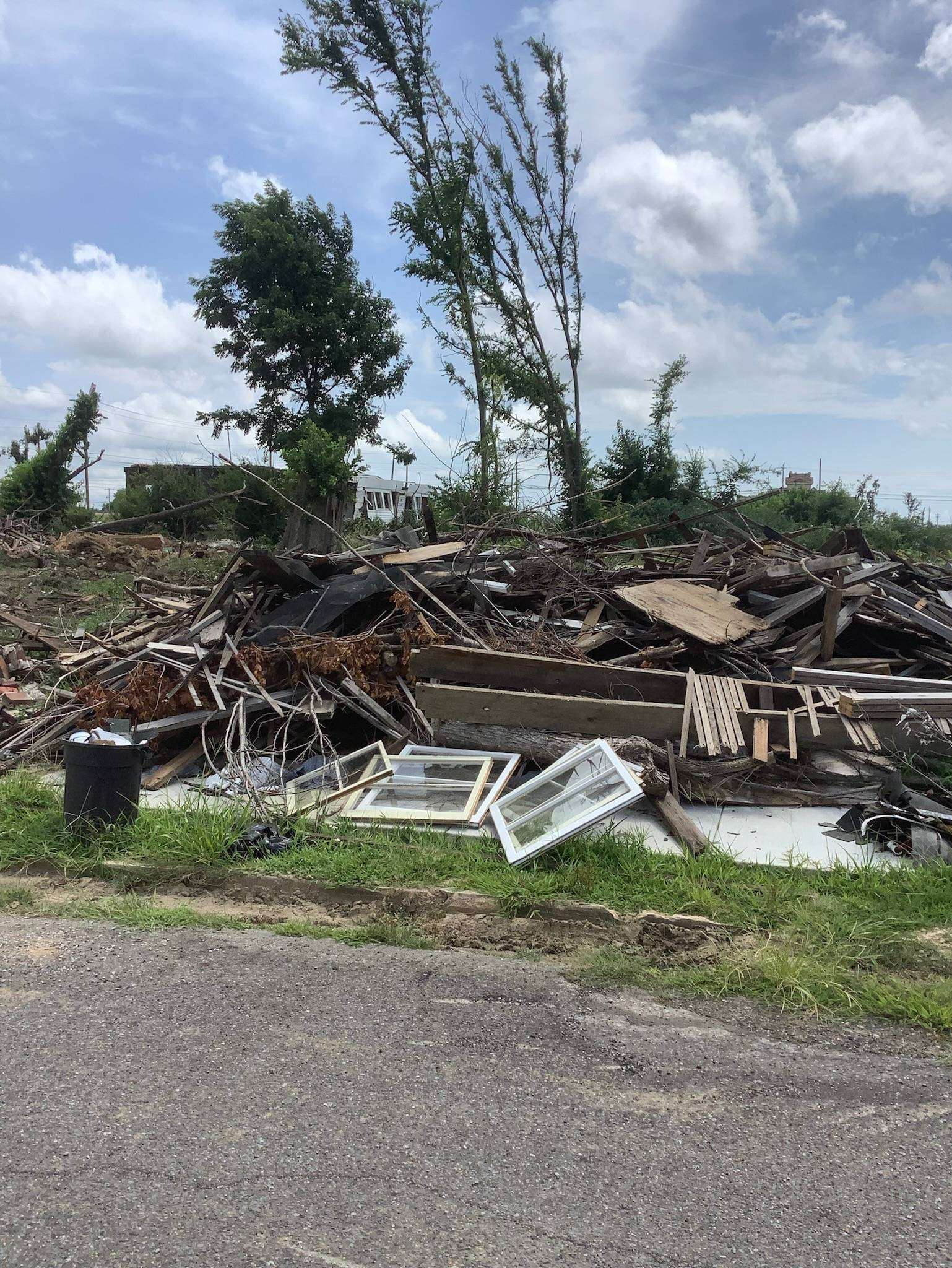Poor drainage can ruin lawns, mess with foundations, cause foundation cracks, wet basements, and more.
The more prolonged poor drainage goes un-taken care of, the worse it becomes. But when you call for help with your drainage issue, you will be surprised at how fast we can help turn your problem into a solution to make your home healthy again.
But wait, there are solutions for most drainage problems as well! We’re here for that, and we’ll quickly get started on it! You will spend a lot less than hiring someone to come out and do the job for you, and I bet we can fix whatever’s going on before you know it!
Landscaping
Drainage problems are common in many landscapes, and poor drainage can be extremely detrimental to your home and property. If you have water issues in your yard, there may be an easy solution.
A poorly designed and installed landscape drainage system can be a homeowner’s nightmare. A flawed landscape drainage system can lead to problems like water damage, foundation damage, and basement flooding.
Driveways and Paving
Driveways tend to be long and straight, with a gentle slope to allow rainwater run-off. However, in some cases, driveways are built with an inadequate slope, or they may settle over time and lose their ability to drain effectively.
Asphalt driveways and paving can be very durable, but the drainage must be perfect. If there’s no proper drainage, asphalt can easily crack or heave due to freezing water in the wintertime. If a driveway has a steep incline, the water may run off too quickly and cause erosion.
Paving stones may have similar problems with improper drainage. This happens most often when the bottom layer of compacted gravel is not thick enough. If you’re having this problem, you’ll need to call in a contractor to add more gravel underneath before re-paving the surface with asphalt or paving stones.
Cracks In Your Foundation
Cracks in your foundation can occur when water pools around the concrete blocks or bricks that hold up your house. These cracks can be fixed with caulking or concrete filler. However, if they keep reappearing after a few years, you may need to replace your gutters or add more downspouts that drain away from your house.
Wet Basement of Crawl Spaces
Drainage problems in basements can lead to flooding, mold, and other health hazards. Several things can cause a wet basement, but there are five most common causes that homeowners should be on the lookout for.
Drainage issues can start at the foundation level. For example, if your subfloor is damp from leaking pipes or a faulty drain, water will seep into the concrete and cause mildew or mold. If you find the source of your drainage problems, you’ll have a minor problem down the line.
Pooling Water
If you have pooling water on your lawn, near your foundation, or along the sides of your driveway, it may result from poor grading. The ground needs to slope away from your house to ensure water drains away from your home. Water will have nowhere else to go but toward your home, if this doesn’t happen.
Improper grading can lead to puddles forming near your foundation, contributing to foundation failure over time. You may also notice the soil washing away near your foundation or driveway due to this problem.
In some cases, you can regrade the land yourself to correct this problem. However, if the yard isn’t sloped correctly, it may require extensive landscaping and excavation work by a professional contractor.
Supreme Enterprises LLC Can Help With your Drainage Solutions
Whether you’re looking to improve your curb appeal or complete a major remodeling project, our team at Supreme Enterprises LLC is ready to help! We specialize in driveways, patios, sidewalks, and landscaping drainage systems. Our brand new construction service can help you bring your vision to life.
Call us today to schedule an appointment with one of our knowledgeable contractors.












